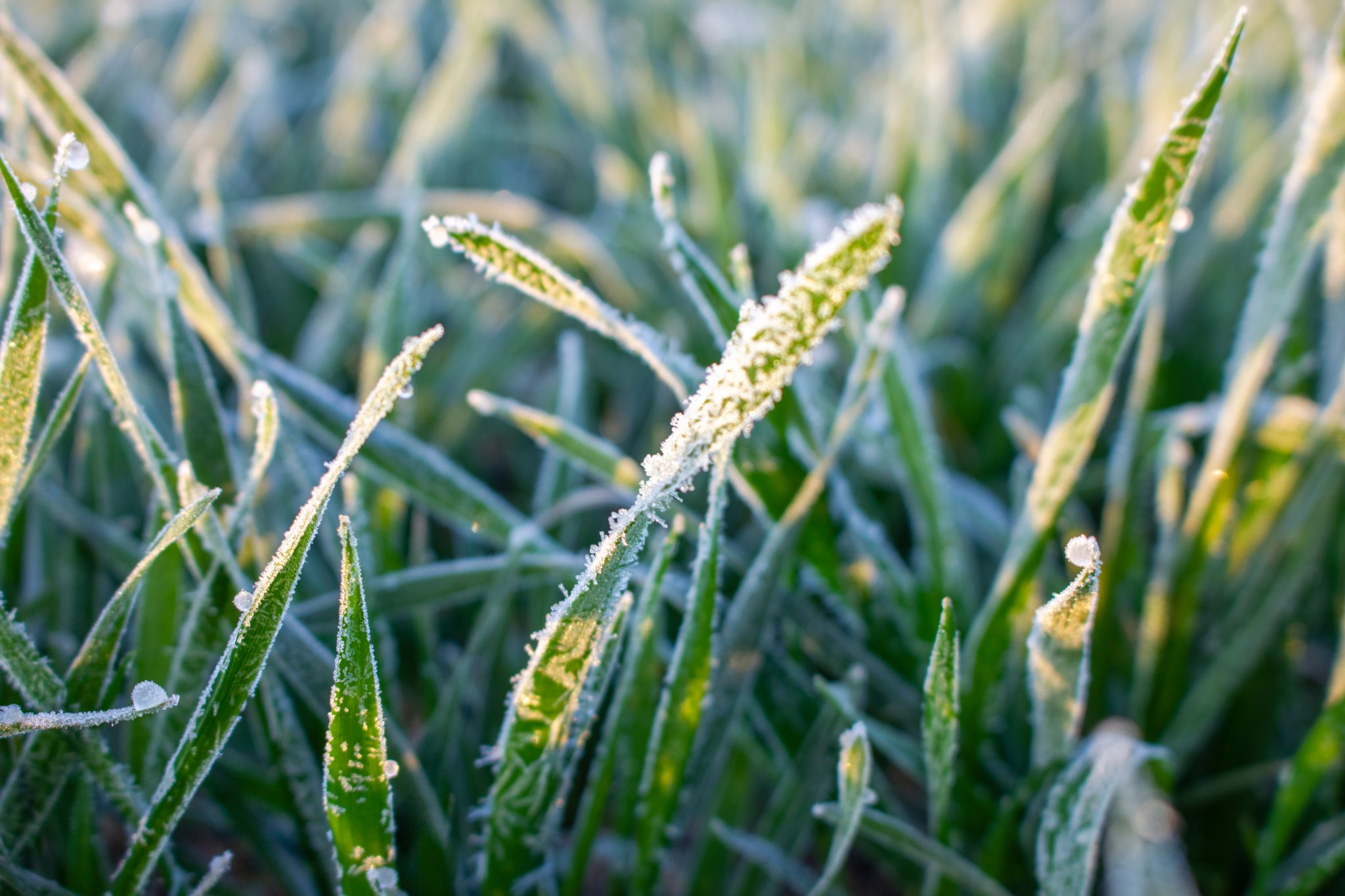Farming

Responding to Frost Damage in Cool-Season Forages
2 min read
After extended freeze events, there are several signs of frost damage that appear in cool-season forages. Producers may observe a white, burned appearance or a yellowing or browning in the forage canopy with some green at the base of the forage. There may also be forage leaf loss and/or limpness.
Will cool-season forages recover from frost damage?
- When determining if cool-season forages will recover after a frost, the extent of the browning in the forage canopy is important. If the forage growing points were insulated closer to soil level and there is still some green at the base of the plant, there is a greater chance of stand recovery. Soil temperatures decrease slower than above ground temperatures do, which provides some insulation for the forage canopy during cold snaps.
- Well-established forages will handle hard freezes better than newly established stands. Newly established stands are at a greater risk of stand failure the farther north they are in Alabama.
- Pastures and hayfields with better soil fertility conditions will help forages to recover more readily.
- Forage varieties matter. Some forage varieties of small grains and annual ryegrass are more tolerant of hard freezes than others are. Oats are known for their cold sensitivity. However, many oat varieties may sustain significant yield losses but not be winterkilled by cold weather events.
Steps to Recovery
- Assess the extent of damage right after the frost event and again weekly following periods of extended frost.
- Allow time before making fertilization decisions. Monitor the stands for 30 days, and allow any regrowth to occur to determine the strength of the stand and–if enough growth occurs–to justify fertilization.
- Graze or clip extensively damaged top growth to make room for the understory to grow back. It is important to open up the canopy to allow light to penetrate to growing points. It is important to not over graze existing stands. Do not graze below 3 to 4 inches in height. Limit grazing is a good management strategy to help decrease trampling and effectively use any standing forage.
- Nitrate levels may be elevated in cool-season grasses that were fertilized before the extended freeze. Nitrate levels are more fixed and do not dissipate in plants following a frost. In addition to plant nitrate levels, consider supplement types.
- Note. Do not feed nonprotein nitrogen feed supplements (i.e. urea-based products) along with stressed forages where nitrates may be of concern to further prevent risk.
- Replant cool-season annual stands if necessary, although this can be risky in terms of establishment. Consider areas where hay has been fed because fertility is better in those areas. If conditions allow, late planting may be an option, especially for annual ryegrass.

